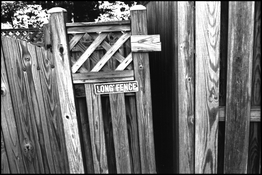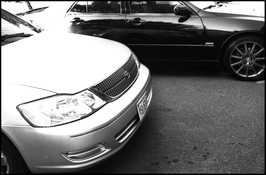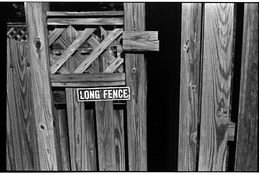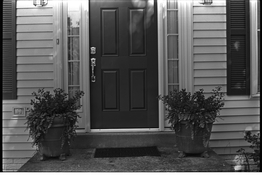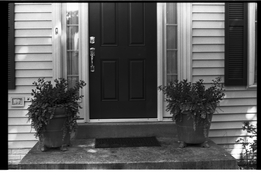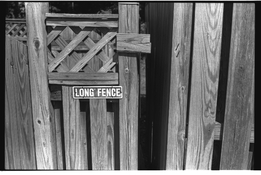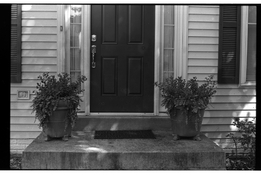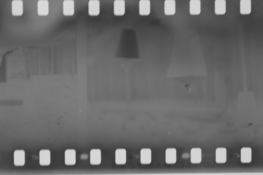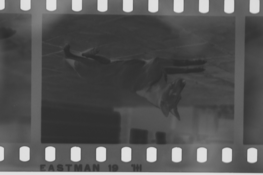Trask
Subscriber
I recently purchased a number of rolls of bulk-loaded film that was said to be Tech Pan. After developing some, I find that’s not the case — it’s (faintly) marked as ”Eastman 6 Safety Film”, lacks frame numbers, and has markings that indicate it was made in 1990. My poking around reveals that a film called “Eastman” (as opposed to “Kodak”) is probably a motion picture film, though a comparison of the transport holes to those of Tri-X shows them to be the same as far as I can tell. I developed some of the time in 510-Pyro 1:300 and got low-contrast images; developing the film in Technidol gave better images but only for those shot at ISO12 or perhaps 25. The film does appear to be very fine grained.
I’d like to know what this stuff actually is, as I have multiple rolls of it and knowing what it is might help me devise a better development regime. Thanks for sharing any thoughts you may have.
I’d like to know what this stuff actually is, as I have multiple rolls of it and knowing what it is might help me devise a better development regime. Thanks for sharing any thoughts you may have.





